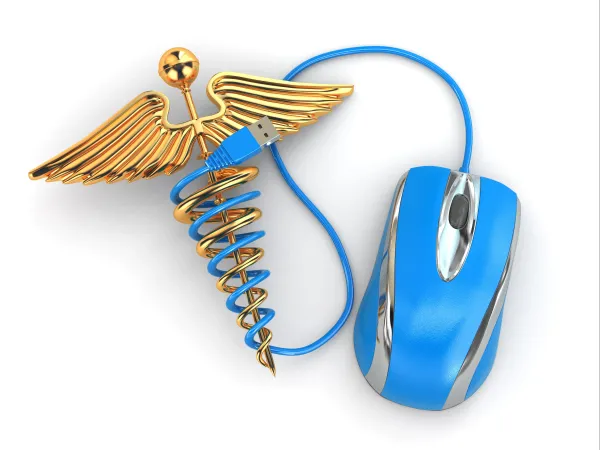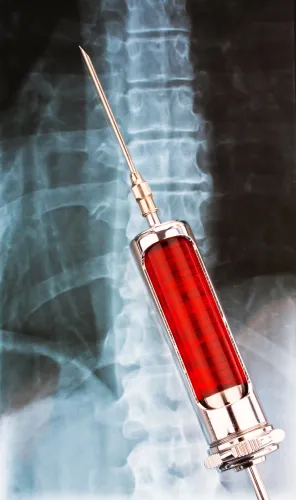Pain Management Coding Alert
Arm Yourself With Extremity Count Before Coding These EMGs

EMG tests aren’t just for CTS patients.
Patients will often report to PM practices for needle electromyography (EMG) of an extremity — or extremities. When this occurs, you need to remember a few quick details about the EMG code family before coding, or you risk a mistake.
Get the lowdown on extremity needle EMGs from the experts with the following quick Q&A:
Q: Which codes should you use for EMG of extremities?
A: Most often you’ll code needle EMG of the extremities with one of the following codes, confirms Mary Falbo, MBA, CPC, CEO of Millennium Healthcare Consulting, Inc. in Lansdale, Pennsylvania:
- 95860 — Needle electromyography; 1 extremity with or without related paraspinal areas
- 95861 — … 2 extremities with or without related paraspinal areas
- 95863 — … 3 extremities with or without related paraspinal areas
- 95864 — … 4 extremities with or without related paraspinal areas.
Q: What conditions or symptoms might require an EMG of extremities?
A: “There are many conditions that are diagnosed or monitored using EMG,” says Marcella Bucknam, CPC, CCS-P, COC, CCS, CPC-P, CPC-I, CCC, COBGC, revenue cycle analyst with Klickitat Valley Health in Goldendale, Washington. Bucknam says patients with symptoms of conditions such as carpal tunnel syndrome (CTS) can be part of the patient makeup — but extremity EMGs are for more than potential CTS sufferers.
“Any condition that is the result of nerve compression, or where there is nerve demyelination, might include an EMG,” she says.
Providers also employ extremity EMGs for patients who might have herniated discs, amyotrophic lateral sclerosis (ALS), myasthenia gravis (MG) — or to find the cause of weakness, paralysis, or muscle twitching.
Q: Could you provide an example of a patient receiving an extremity needle EMG?
A: Consider this scenario from Bucknam: A patient who is an avid tennis player presents with shooting pain from the right side of his neck down his right arm, with some additional aching in his right elbow and some twitching of the finger in his right hand. The injury limits his activity, and makes it hard for him to sleep.
After careful examination, the PM physician determines this injury is likely related to the patient’s frequent tennis playing, and may be tennis elbow or a shoulder injury. He orders a needle EMG of the right upper extremity and cervical paraspinal area.
For this encounter, you would likely report 95860 for the service.
Remember: If you are using your own facility’s EMG equipment, then you can report 95860 alone. If, however, your provider performs the EMG with equipment she does not own, then report 95860 with modifier 26 (Professional component) appended. The modifier lets the payer know that you are only reporting your PM provider’s professional services.
Related Articles
Pain Management Coding Alert
- 2019 Fee Schedule:
CMS Pauses Plan to Blend E/M Payments
Medicare offers a new payment proposal for 2021. In the annual CMS Medicare Physician Fee [...] - Quick Q&A:
Arm Yourself With Extremity Count Before Coding These EMGs
EMG tests aren’t just for CTS patients. Patients will often report to PM practices for [...] - 2019 Fee Schedule:
Telehealth, Virtual Care Getting More Recognition
Use these Medicare G codes for certain services. Coders who want to remain up-to-date on [...] - Reader Question:
Leave Pain Dx Off Tendinitis Claim
Question: During the course of an evaluation and management (E/M) service for a new patient [...] - Reader Question:
Stay on the Beat With Circadian Rhythm Disorder Dx Chops
Question: I just started working at a PM clinic that performs sleep studies, and trying [...] - Reader Question:
Push Pause, Count Minutes Before Coding Repeat Shot
Question: A patient with complex regional pain syndrome (CRPS) I in her arm receives a [...] - Reader Question:
Use External Cause Codes When Called For
Question: A 9-year-old was playing on the monkey bars at a local park when he [...]




